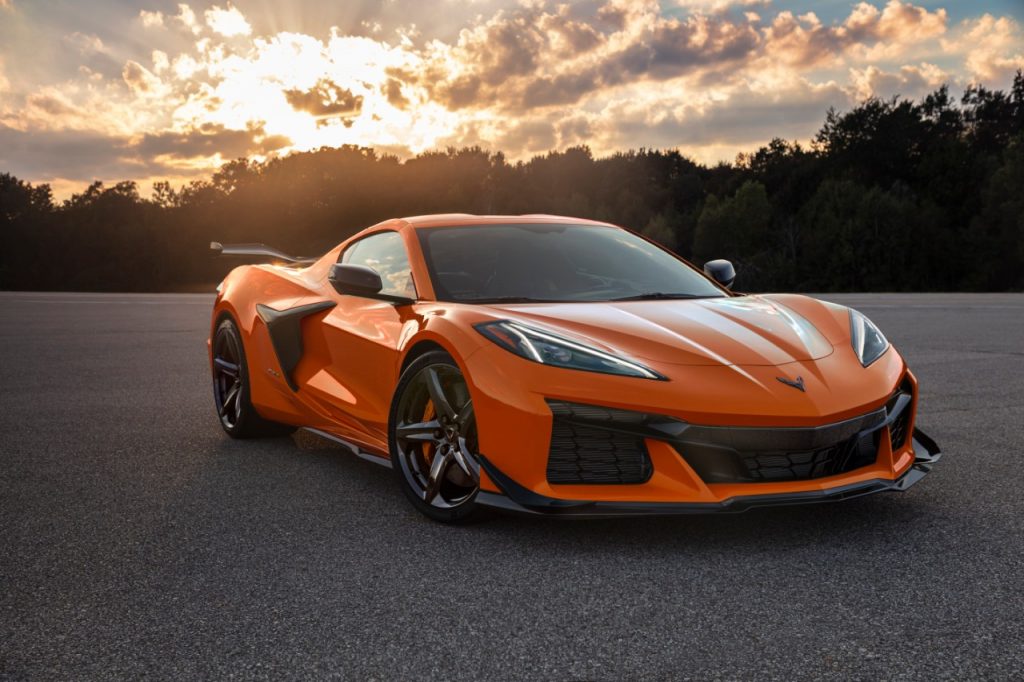
We ran an article way back in April of 2019 in anticipation of the all-new mid-engine C8 Corvette release. The story evaluated some potential technologies featured in the Vette’s nascent LT2 engine and posited some theories on where Chevy’s LT engine development would take us, including some guesses as to what the potential Z06, ZR1, and E-Ray powertrains might look like.
Now, with the C8 Corvette Z06 out prowling the streets, we took a look back to see what we got right, what we got wrong—and what still may be on the horizon. Check out our before/after below.
***
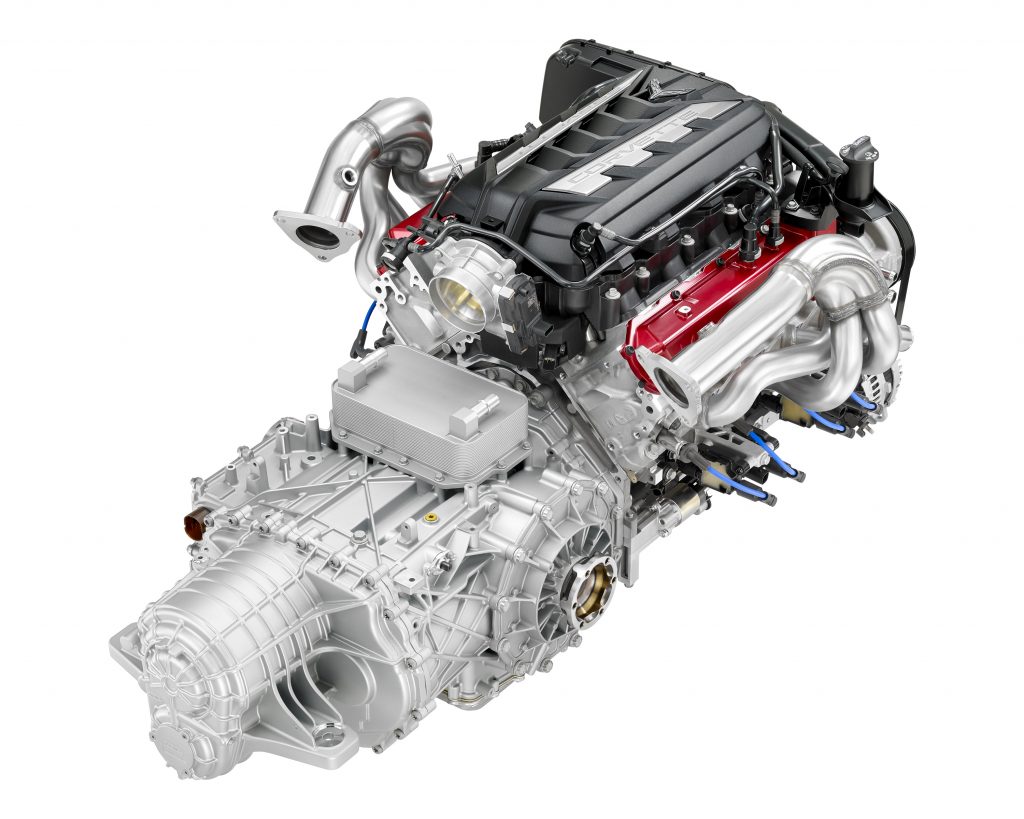
LT2 Engine Displacement & Horsepower
What We Said: “From a hot-rodder’s perspective, how about increasing the LT2’s displacement to 6.6L? Just borrow the forged steel 3.858 in. stroker crank from the new 6.6L L8T powering the 2020 Chevy Silverado and GMC Sierra to make it happen.”
What GM Did: We’d hoped the engine might get a little more displacement using the L8T crankshaft. Alas, it wasn’t meant to be! The long blocks of the LT1 and LT2 are largely the same. We did get a larger plenum 210mm runner tunnel ram, better headers with 330mm runner lengths, longer duration/higher 14mm lift cam, and a much better dry-sump system as standard. This resulted in another 30 hp and 10 ft.-lbs. over the LT1.
***
Would LT2 Fuel Mileage Suffer?
What We Said: Not if GM utilizes the latest-generation Dynamic Fuel Management (DFM) cylinder deactivation technology. An improvement over AFM, DFM has 17 different cylinder firing patterns and switches seamlessly between them to provide just the right amount of power.
What GM Did: We got this wrong. The LT2 maintained AFM (cylinders 2, 3, 5 and 8 this time) instead of going with DFM.
***
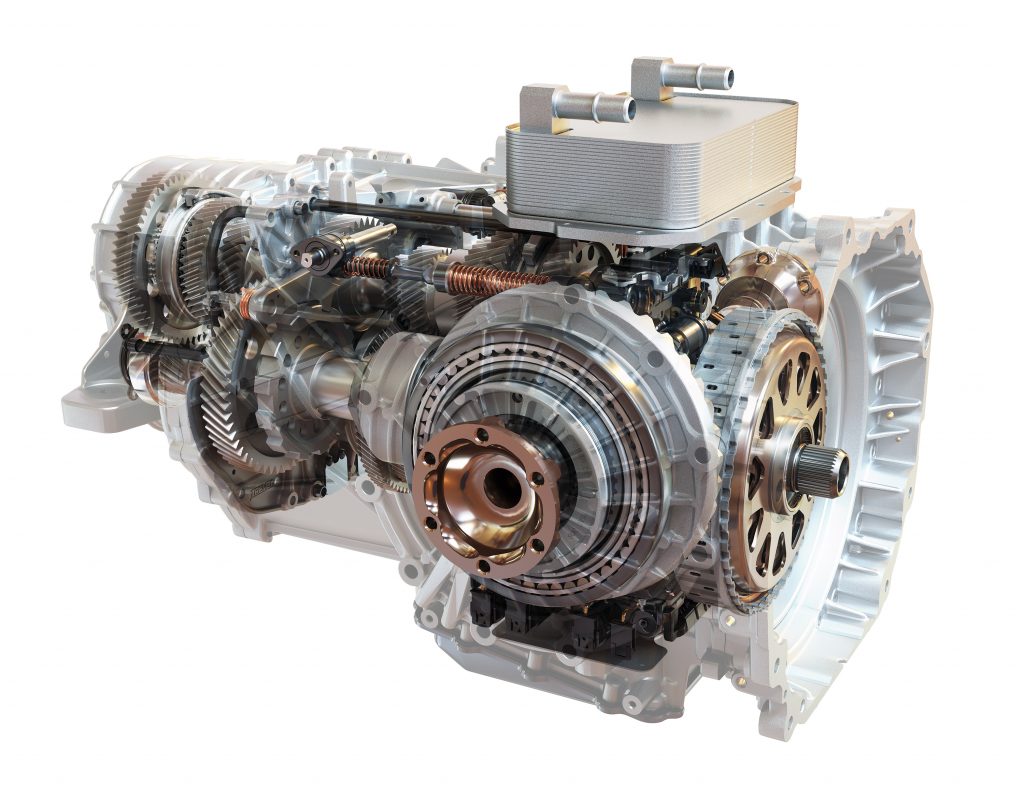
An Electrified or Hybrid C8 E-Ray Corvette?
What We Said: To add more power and performance to future Corvettes, we could see GM engineers implement their eAssist system called BAS 3 (Belted Alternator Starter).
And with the front of the car freed up, an electric motor could drive the front wheels when added forward grip is required, like Porsche did in the 918.
What GM is Doing: Verdict? Partially right, but too soon to tell. We’ve heard eerily quiet C8 test mules running around telling us they are making headway on the E-Ray, but it doesn’t look like a variant of the BAS system will be utilized.
Packaging the motors in front of the car rather than in the transaxle area is likely, but we’ll have to wait and see. One thing almost for certain is the batteries will be placed longitudinally in the tall hump between driver and passenger.
***
A Rumored 5.5L DOHC Engine for the Z06, ZR-1/Zora
What We Said: These variants will become the Gen. 6 small block. GM has already shown a willingness to Supercharge both the Z06 and ZR1, although they did receive different sized superchargers. Mostly likely, the DOHC 5.5L used in the Z06 will get turbos. They may run tubular headers and a twin-throttle body intake similar to the Edelbrock Cross-Ram LS3 intake.
What GM Did: Right and wrong on the Z06. No Turbos, but we did get the displacement right. A high-revving, naturally aspirated V8 is just the thing for a car destined for road courses. ZR-1 is the one getting turbos…we think.
We also partially predicted an intake manifold similar to the Edelbrock cross ram, with two plenum and two 87mm throttle bodies—the LT6 intake doesn’t cross in the middle, but instead aims virtually straight down into each bank’s intake ports.
(We have plenty of details and specs on the new LT6 engine coming in a separate article, so stay tuned!)
***
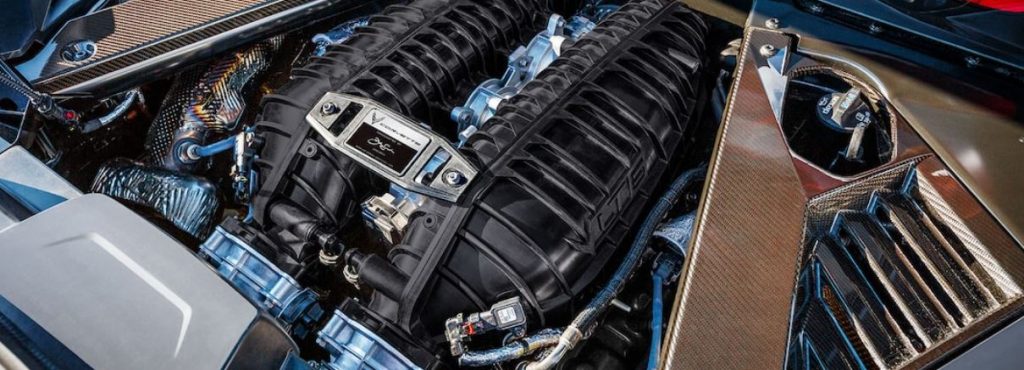
The Name for the Z06’s Engine?
What We Said: A high-revving naturally aspirated motor for the Z06 would likely get the LT6 or LT7 designation.
What GM Did: We nailed this one! The Z06 launched without a turbo or supercharger in sight—instead we got a new NA engine dubbed the LT6. And it’s got a sky-high, 8,600 rpm redline.
***
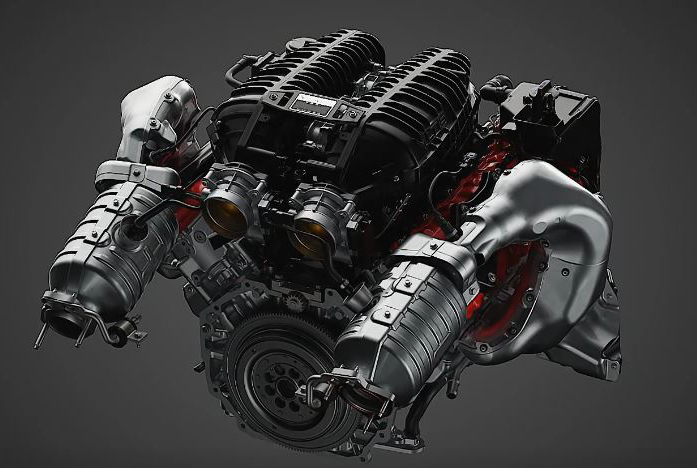
Z06 Engine Performance
What We Said: Is 600 hp possible naturally aspirated? The closest would be the 4.6L found in the Porsche 918. It makes 600 horsepower at 8,500 rpm. In theory, the Z06’s larger 5.5L could make 600 horsepower at 8,000 rpm and do it more reliably.
What GM Did: Is it fair to say we got this right? At 670 horsepower, the new LT6 doesn’t just pass our 600 hp guesstimate—it blows past it at a whopping 8,600 rpm. That’s way more power at only slightly higher rpm than the (previously) class leading Porsche 918. Good job GM Propulsion!
***
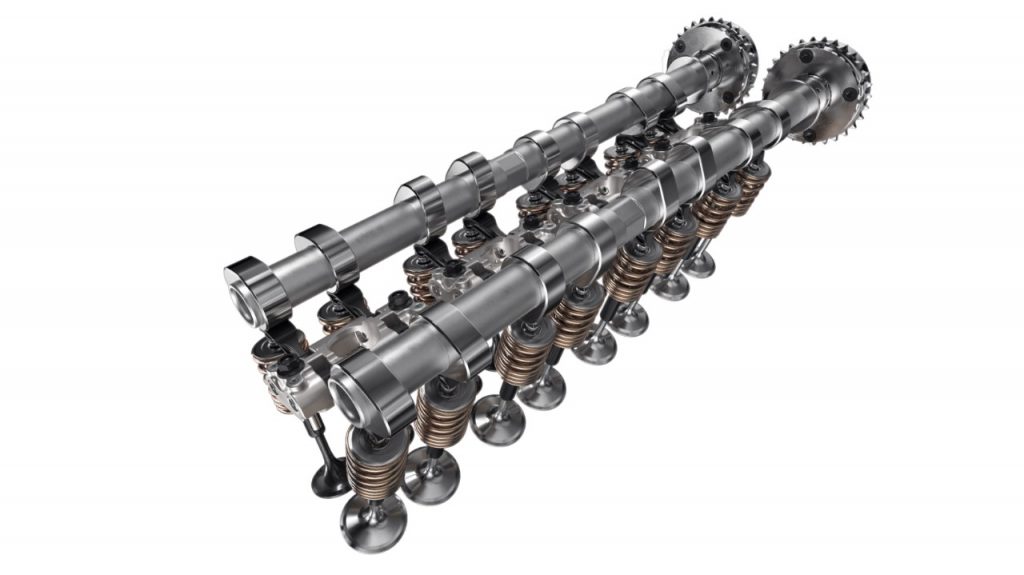
The Z06’s New Engine Architecture
What We Said:
Configuration Bore Stroke Rod Length Piston Height Deck Height Displacement Original LT5 3.898 3.661 5.740 1.440 9.026 349 c.i.d./5.7L Destroked LT5 3.898 3.504 5.740 1.181 8.673 335 c.i.d./5.5L Current 4V trends 3.838 3.622 5.787 1.181 8.780 335 c.i.d./5.5L
What GM Did: Bigger bore, shorter stroke. Chevy’s new LT6 uses a 4.105″ bore with an 3.150″ stroke to get to 5.5L. Out of all the combinations above, the de-stroked LT5 proved to be the closest.
***
The Corvette C8’s Potential
What We Said: The C8 will go toe-to-toe with the world’s most exotic supercars and do so at a fraction of the price.
What GM Did: We got this one right too—the C8 Corvette and the Z06 variant has world beating performance at a fraction of the price of the competition!
Stay tuned for future updates as the E-Ray and ZR1 are released.


I’d give you a solid B on speculation. What you missed in details (almost a sure thing) you made up for in the overall concept and layout. Kudos we love done.
Thank you!
You did a good job, now how about another speculation. Can the OHV LT1 meet draconian 2025 emission standards without a significant performance compromise? If it can’t, what are the options? I’m interested because by then I might actually be able to get one without standing in line!
I can’t speak for Brian, but I think GM has a plan for the maintaining Corvette performance (either as a Z06, ZORA, or whatever) in a world with ever-tightening emissions regulations—and you can read about it here.
LT2, sorry
Louisiana investor
Louisiana investor, online sales representative
C8 investor